Uveal Melanoma (UM): Therapeutic Strategies- Market Insight, Clinical Trial, Product Analysis, Patent Analysis, Competitive Analysis and Market Forecast – 2023-2033
Uveal Melanoma, the most common primary intraocular cancer in adults, arises within the uvea—an integral part of the eye comprising the iris, ciliary body, and choroid. This rarity, with an annual incidence of 5 to 6 cases per million, escalates to approximately 21 cases per million for individuals over 50. Classified by tumor size into small, medium, or large, Uveal Melanoma typically originates in the choroid, followed by the ciliary body and iris.
Despite its often asymptomatic nature, uveal melanoma may manifest symptoms such as altered vision, floaters, flashes of light, dark spots on the iris, and changes in pupil size or shape. Diagnosis is established through routine eye exams, with ancillary tests like ultrasound and X-rays aiding in confirmation.
Uveal Melanoma of the iris lacks distinct stages, while those in the ciliary body and choroid are categorized into four stages based on tumor size and spread. The tumor may progress to lymph nodes, the eye socket, or distant organs such as the liver, lung, bone, brain, or skin.
Treatment modalities for Uveal Melanoma are contingent on the cancer’s stage and location. Presently, no approved treatments exist for metastatic uveal melanoma. The primary treatment options include surgery, radiation therapy, laser light therapy, thermotherapy, and close monitoring.
Surgery:
Radiation Therapy:
Laser Light Therapy:
Photodynamic Therapy:
Cold Treatments:
Uveal Melanoma’s prognosis hinges on factors like tumor size, location, and metastasis. Regular follow-up appointments are crucial to monitor for recurrence or metastasis. While the rarity of this cancer poses challenges, advancements in treatment options offer hope for improved outcomes in uveal melanoma management.

To gain a profound understanding of the evolving terrain in Uveal Melanoma research and development, it is essential to delve into the present state of scientific investigation and the emergence of innovative treatment methodologies. This insight acts as a crucial guide for making well-informed decisions in the realm of Uveal Melanoma therapy, ensuring strategic choices and the skillful integration of treatments within the dynamic healthcare landscape.
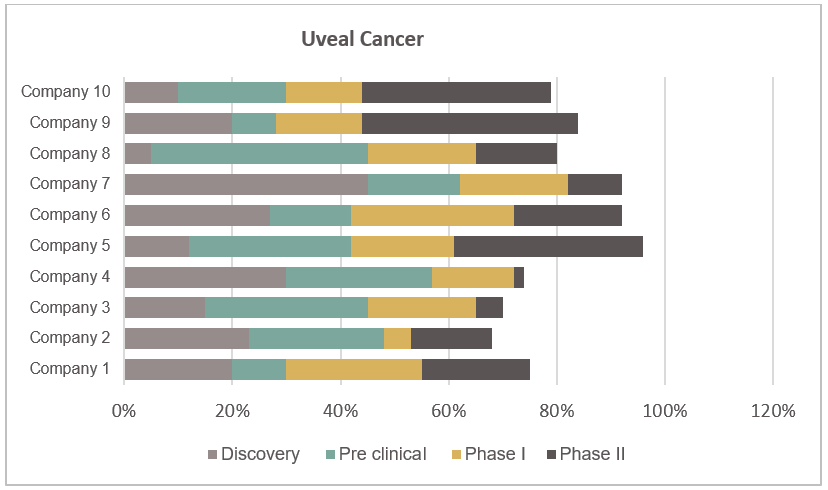
In the realm of Uveal Melanoma research and market analysis, company profiling emerges as a vital component. This involves a meticulous exploration of entities engaged in the Uveal Melanoma sector, providing a comprehensive glimpse into a company’s historical evolution, product spectrum, financial resilience, competitive tactics, and recent milestones. This invaluable data serves to assess the competitive panorama within the Uveal Melanoma market, identifying prospective avenues for collaboration and strategic alliances that can drive advancements and creative breakthroughs in the field.
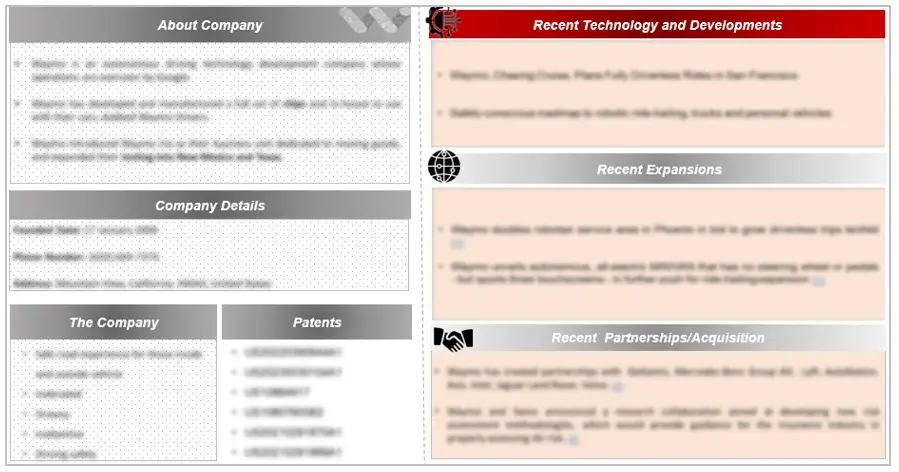
Within this report, an exhaustive patent analysis will be conducted to comprehensively evaluate the intellectual property terrain in the domain of Uveal Melanoma. The aim of this analysis is to reveal noteworthy patents, recognize influential inventors, and spotlight emerging technological trends specific to the Uveal Melanoma sector.
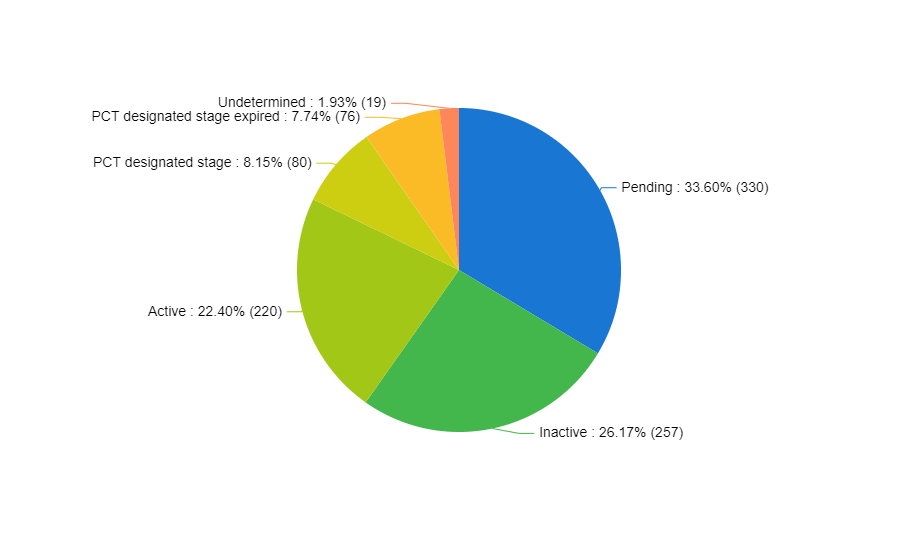

The clinical trial analysis section in a market research report offers a thorough evaluation of clinical trials related to Uveal Melanoma. This entails a detailed breakdown of trial categories, study structures, research methodologies, and participant characteristics. The main goal is to assess the effectiveness, safety, and outcomes of pharmaceuticals and medical interventions specifically within the context of Uveal Melanoma.
Uveal Melanoma (UM): Clinical Trial Analysis
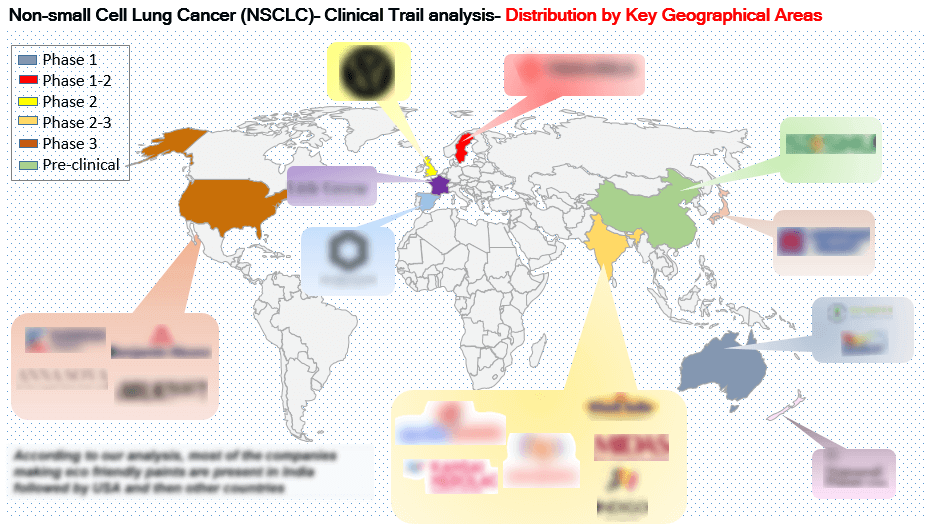
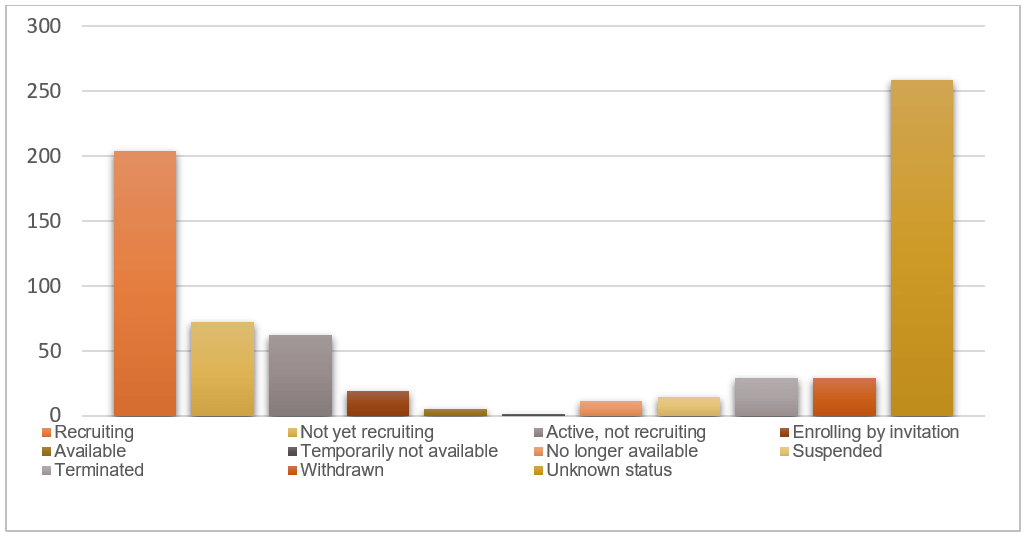
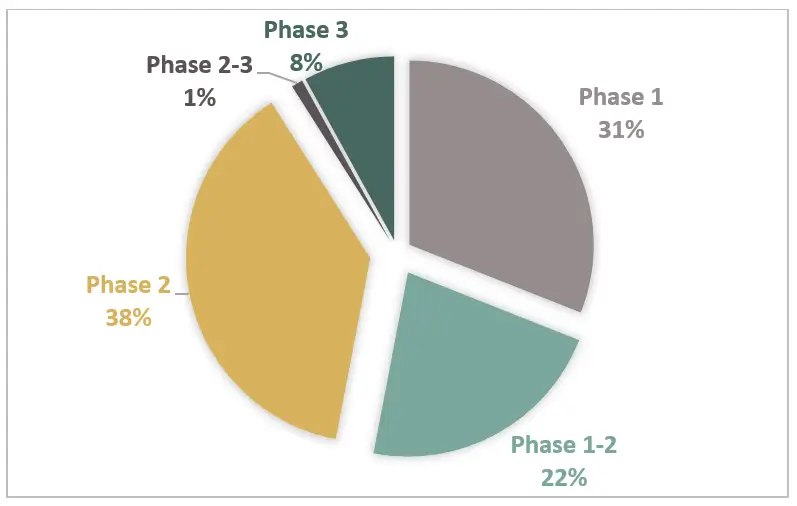
Within this market research report focused on Uveal Melanoma, the section devoted to market forecasts delivers a comprehensive perspective on forthcoming trends, growth prospects, and pivotal factors shaping supply and demand dynamics. This segment provides quantitative predictions, supplying valuable insights into market size, revenue forecasts, and potential pathways for growth within the Uveal Melanoma domain.
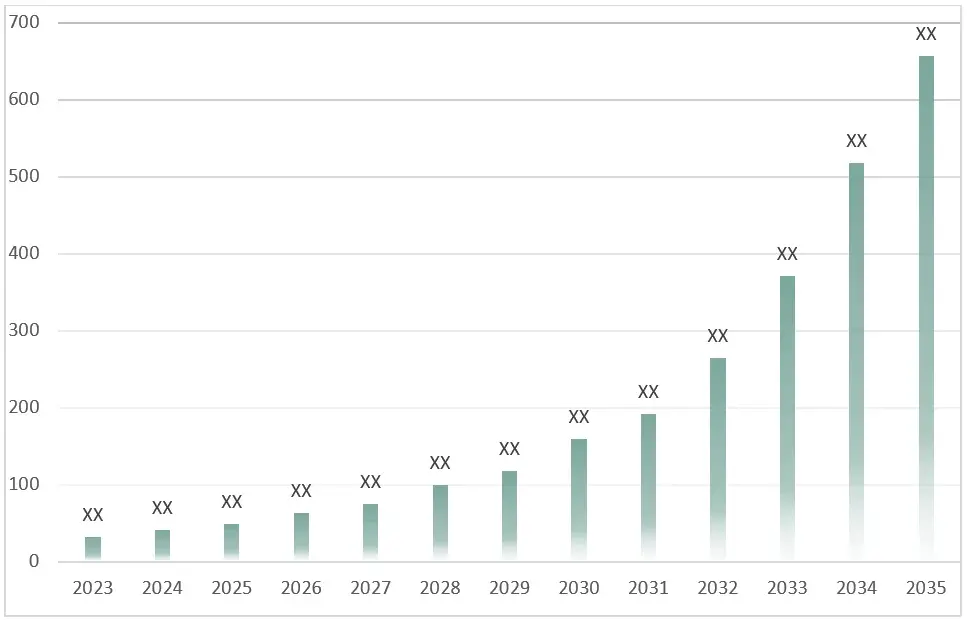
Figure 9 Uveal Melanoma: Market, 2023-2033 (USD Million)
(Segmented in terms of the financial growth)
Within this market research report centered on Uveal Melanoma, the segment dedicated to the competitive landscape will furnish a concise overview of prominent market participants. This will encompass information on their individual market shares and present succinct profiles delineating their strengths, weaknesses, and strategic approaches within the Uveal Melanoma domain.
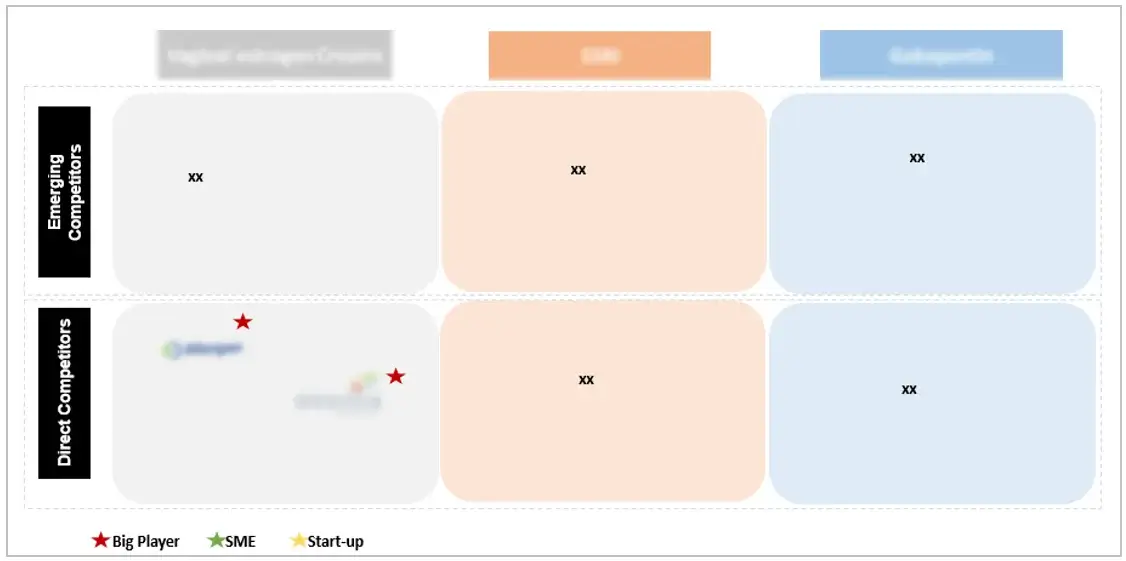
In order to give the most precise estimations and forecasts, Wissen Research uses an extensive and iterative research approach that is focused on reducing deviation. The company blends top-down and bottom-up methodologies for market segmentation and quantitative estimation. In addition, data triangulation, which examines the market from three separate angles, is a recurrent topic present in all of our research studies. Important components of the approach used for all of our studies include the following:
On a wide scale, unprocessed market data is collected. Continuous data filtering makes sure that only verified and authenticated sources are taken into account. Additionally, data is extracted from a wide range of reports in our repository and from a number of reputable premium databases. We gather information from raw material suppliers, distributors, and purchasers to help with this since understanding the entire value chain is crucial for a thorough understanding of the market.
Surveys, technical symposia, and trade magazines are used to gather information on technical concerns and trends. Technical information focusing on white space and freedom of movement is also obtained from an intellectual property standpoint. Additionally, information on the industry’s drivers, constraints, and pricing patterns is obtained. As a result, a variety of original data are included in the material that is then cross-validated and certified with published sources.
We use simulation models to generate our market projections and estimates. Every study receives a special model that is tailored to it. Data for market dynamics, the technology environment, application development, and pricing patterns are gathered and supplied into the model all at once for analysis. The relative relevance of these factors is investigated, and their impact on the forecast period is assessed, using correlation, regression, and time series analysis. The process of market forecasting combines technological analysis with economic strategies, practical business acumen, and subject expertise.
Econometric models are frequently used for short-term forecasting, but technology market models are typically employed for long-term forecasting. These are based on a confluence of the business environment, regulatory environment, economic projection, and technical landscape. In order to develop global estimates, it is preferable to estimate markets from the bottom up by integrating data from key regional markets. This is required to ensure accuracy and a complete comprehension of the subject. Among the variables taken into account for forecasting are:
Regulations and anticipated developments
We give these criteria weights and use weighted average analysis to assess their market influence in order to calculate the anticipated market growth rate.
Primary research | Secondary research |
· Manufacturers · Technology distributors and wholesalers · End-user surveys · Consumer surveys | · Company reports and publications · Government publications · Independent investigations · Economic and demographic data · Online searches · Research reviews · Reference customers |
1. Introduction
1.1 Definition of Uveal Melanoma
2. Uveal Melanoma Overview and Classification
2.1 Uveal Melanoma Types and Subtypes
2.2 Disease Progression and Staging
2.3 Diagnostic Methods and Biomarkers
3. Market Insight
3.1 Current Uveal Melanoma Treatment Landscape
3.2 Market Trends and Dynamics
3.3 Key Market Drivers and Challenges
4. Clinical Trials in Uveal Melanoma
4.1 Ongoing Clinical Trials
4.2 Promising Therapeutic Approaches
4.3 Patient Recruitment and Outcomes Analysis by Trial Registration Year
4.4 Analysis by Phase of Development
4.5 Analysis by Number of Patients Enrolled
4.6 Analysis by Status of Trial
4.7 Analysis by Study Design
4.8 Analysis by Geography
4.9 Analysis by Key Sponsors / Collaborators
4.10 Current Therapeutic Options
4.11 Emerging Therapies and Pipeline Drugs
4.12 Medical Devices and Diagnostic Tools
5. Patent Analysis
5.1 Geography Focus of Top Assignees
5.2 Legal Status
5.3 Technology Evolution
5.4 Key Patents
5.5 Patent Trends and Innovations
5.6 Top Assignees
6. Competitive Analysis
6.1 Benchmarking Parameters
6.2 Benchmarking for Scouting Top Competitors
6.3 Leading Companies in Uveal Melanoma Market
6.4 Mergers, Acquisitions, and Partnerships
7. Market Forecast (2023-2033)
7.1 Projected Market Size and Growth
7.2 Regional Market Trends
7.3 Emerging Market Opportunities
7.4 Future Market Challenges
8. Global Uveal Melanoma Market, by Type
8.1 Melanoma of the Choroid
8.2 Ciliary Body Melanoma
8.3 Iris Melanoma
8.4 Others
9. Key Developments in Uveal Melanoma Research
9.1 Breakthroughs in Uveal Melanoma Treatment
9.2 Personalized Medicine and Immunotherapies
9.3 Impact of Novel Therapies on Patient Outcomes
9.4 Patient Perspective and Support Services
9.5 Patient Advocacy Groups
9.6 Access to Treatment and Healthcare Services
10. Conclusion
11. Appendix
11.1 Glossary of Terms
11.2 List of Abbreviations
11.3 References
S.no | Key Highlights of Report | |
1. | Patent Analysis | · Top Assignee · Geography focus of top Assignees · Network analysis of the top collaborating entities in Uveal Melanoma (UM) therapy patent applications · Technology Evolution · Key Patents · Application and Issued Trend · Key technology |
2. | Market analysis | · Current Treatment Options · Emerging Therapies and Research Developments (by product analysis and scientific analysis) · Strategic activities · Company portfolio |
3. | Clinical Trials | · Analysis of clinical trial through graphical representation · Coverage of treatments from pre-clinical phases till commercialization (also including terminated and completed studies) |
4. | Forecast | · Detailed comprehension of the historic, current and forecasted trend of market by analysis of impact of these treatments on the market |
5. | Opportunity Analysis | · Technology evolution based on problem solution · Potential licensees · Treatment trends · Unmet needs · SWOT · Drivers and barriers |
6. | KOLs | · A detailed analysis and identification of the key opinion leaders (KOLs), shortlisted based on their contributions |
LIST OF FIGURES
Figure number | Description |
Figure 1 | Terminology of Uveal Melanoma (UM) Over The Years |
Figure 2 | Uveal Melanoma (UM) Treatment– History and Present |
Figure 3 | Projection of Uveal Melanoma (UM) till 2033 in different geographies |
Figure 4 | Technology Categorization Of Drug Delivery Methods For Uveal Melanoma (UM) |
Figure 5 | Recent Technology Trends in Uveal Melanoma (UM) |
Figure 6 | Technology Evolution in Drug Delivery Market of Uveal Melanoma (UM) |
Figure 7 | Geographical Distribution of Patents of Top Assignees |
Figure 8 | Assignee Segmentation (Companies) |
Figure 9 | Assignee Segmentation (Educational Establishment) |
Figure 10 | Patent Based Key Insights Of xx |
Figure 11 | Patent Based Key Insights of xx |
Figure 12 | Patent Based Key Insights of xx |
Figure 13 | Key Summary Regarding the Patent Filing On Uveal Melanoma (UM) |
Figure 14 | Product Pipeline of Different Approaches with Companies Name |
Figure 15 | Portfolio for Approved Product |
Figure 16 | Clinical Trials Conducted till Date by Different Companies and Universities |
Figure 17 | Clinical Trials based Key Insights |
Figure 18 | Key Growth Drivers for Uveal Melanoma (UM) Market |
Figure 19 | Restraints for Uveal Melanoma (UM) Market |
Figure 20 | xx Portfolio (Top Player) |
Figure 21 | xx Portfolio (Top Player) |
Figure 22 | xx Portfolio (Top Player) |
Figure 23 | xx Portfolio (Top Player) |
Figure 24 | xx Portfolio (Top Player) |
Figure 25 | xx Portfolio (Start-up) |
Figure 26 | xx Portfolio (Start-up) |
Figure 27 | xx Portfolio (Start-up) |
Figure 28 | Strategic Activities Including Collaboration, Partnerships and Acquisitions |
Figure 29 | Research Methodology for Patent, Selection and Analysis |
Figure 30 | Research Methodology for Clinical Trials, Selection and Analysis |
LIST OF GRAPHS
Graph number |
Description |
Graph 1 | Number of people worldwide with Uveal Melanoma (UM) |
Graph 2 | Problem Solution Analysis |
Graph 3 | Top Assignees in Uveal Melanoma (UM) |
Graph 4 | Technology Focus of Top Assignees (IPC-CPC Classes) |
Graph 5 | Top Countries of Origin of Patents |
Graph 6 | New entrants in drug delivery field |
Graph 7 | Legal Status |
Graph 8 | Most Cited Patents |
Graph 9 | Patents with Largest Invention Families |
Graph 10 | Most Claim-Heavy Patents |
Graph 11 | Filing Trends |
Graph 12 | Clinical Trial Filing Timeline |
Graph 13 | Recruitment Status of the Clinical Trials Related to the Different Drug Delivery Approaches |
Graph 14 | Clinical Trials Phases with Respect to Specific Drug Delivery Approach |
Graph 15 | Weighted Scores for Top 5 Players According to Benchmarking Criteria |
Graph 16 | Uveal Melanoma (UM) (CAGR: 2023-2033) |
Graph 17 | Uveal Melanoma (UM) Market Share: Distribution by Key Geographical Area, 2023-2033 |
LIST OF TABLES
Table number | Description |
Table 1 | Parameters included and excluded for conducting the analysis |
Table 2 | Technology Classes with Definitions |
Table 3 | Patent Litigation |
Table 4 | Highest Market Valued Patents |
Table 5 | SWOT Analysis of Top 3 Players |
Table 6 | Parameters and their score for Benchmarking |
Table 7 | Weighted scores for top 5 players according to benchmarking criteria |
© Copyright 2024 – Wissen Research All Rights Reserved.